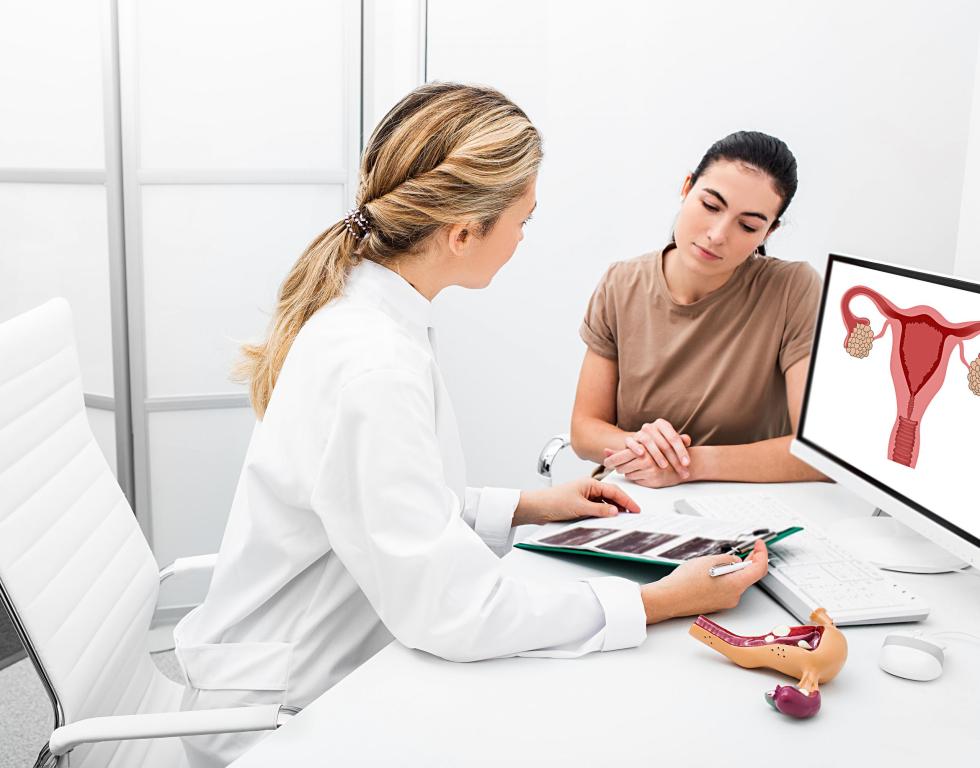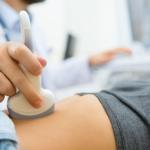
Women’s Health Problems and Solutions
Many women suffer from conditions affecting their reproductive health between the ages of puberty and menopause. Some of these conditions include uterine fibroids, polycystic ovarian syndrome, ovarian cysts, and endometriosis. You may even have more than one health condition at the same time, making diagnosis and treatment especially difficult.
Living with Fibroids and Other Health Issues
You may be surprised to know that fibroids are a very common disease, affecting an estimated 26 million women in the United States. Many of them will have fibroids and other conditions at the same time but be unaware because they don’t experience any noticeable symptoms. Others will suffer from debilitating symptoms that impact their lives significantly. A 2018 study found that uterine fibroid-related symptoms negatively impact physical and social activities, women’s health-related quality of life, and work productivity.
Up to 15 million women who are diagnosed with fibroids are symptomatic. The most common symptom is menorrhagia, which is heavy bleeding during or between periods. “Heavy menstrual bleeding can result in life-threatening anemia, which is why awareness of fibroid symptoms is important for early intervention and treatment,” says Dr. Jacob White, an experienced fibroid specialist at USA Fibroid Centers. Other common symptoms of fibroids include:
- Frequent urination
- Pelvic or lower back pain
- Severe menstrual cramps
- Stomach swelling
- Pain during intercourse
It’s important not to normalize any of the symptoms you’re experiencing and to get the care you need to feel better. Use our symptom quiz below as a resource to get you on the path to recovery today.
PCOS and Fibroids
Polycystic ovarian syndrome (PCOS) is a hormonal disorder that affects women between puberty and menopause. This often results in irregular periods and cysts on the ovaries. Many women suffer from PCOS and fibroids at the same time.
PCOS and fibroids often have similar symptoms, which can make a diagnosis more difficult. However, PCOS cysts are found on the ovaries whereas fibroids are located in the uterus. A medical professional must conduct an evaluation to determine diagnosis. They may order bloodwork to check hormone levels and an ultrasound to determine the thickness of the uterine lining. Treatment for PCOS may include medications to regulate periods and to help with ovulation since POS can affect fertility. You may also be referred to a fibroid specialist who can recommend a personalized treatment plan.
Ovarian Cysts and Fibroids
Ovarian cysts are fluid-filled growths that can appear in or on an ovary at any time during a woman’s reproductive years. Most cysts are painless but have the ability to become painful, especially if they are ruptured. While it is possible to have ovarian cysts and fibroids at the same time, they are separate conditions. An ovarian cyst develops when a follicle doesn’t release an egg, but it stays attached to the ovary and continues to grow.
A cyst may be diagnosed during a routine pelvic exam. The doctor could end up recommending a pelvic ultrasound laparoscopy or blood test to verify the diagnosis. Ovarian cysts typically don’t have accompanying symptoms unless they present in the following ways: pain in the abdomen or pelvic area, bloating, and uncomfortable pressure. If the cyst twists or ruptures, medical attention is absolutely necessary.
Fibroids are growths made of smooth muscle cells and fibrous tissue rather than fluid, like a cyst can have. They can develop in or on the uterus and can harm the surrounding organs, including your bladder and bowels.
Both fibroids and ovarian cysts can cause an expanded abdomen as if you were pregnant. A doctor can accurately diagnose your symptoms and recommend treatments for the possibility of both issues. Treatment for PCOS may include both medication and surgery. In severe cases, the affected ovary may need to be entirely removed.
Endometriosis and Fibroids
Endometriosis is a painful disorder where uterine tissue grows outside of the uterus, usually on the ovaries and fallopian tubes. Normally, endometrial tissue breaks down in the uterus and is shed during the menstrual cycle, but tissue formed outside of the uterus can cause pain and eventual scarring.
Both endometriosis and fibroids are conditions involving the uterus. Fibroids are tumors that are made of muscle cells and fibrous tissue, as mentioned before, whereas endometriosis is when the lining of the uterus, known as the endometrium, grows abnormally. Both conditions have similar symptoms, including heavy bleeding, bleeding between cycles, severe cramping, and fatigue.
To ensure an accurate diagnosis, it is important to seek an evaluation by your doctor. They may recommend laparoscopic surgery for endometriosis and refer you to a fibroid specialist for treatment of the fibroids.
Treating Women’s Health Issues
Proper diagnosis is critical to ensure you don’t continue suffering from a painful medical condition for longer than necessary. Once diagnosed, your doctor will recommend effective treatment options. To determine how to treat fibroids, they will likely refer you to a fibroid specialist for treatment separate from the other conditions.
Uterine Fibroid Embolization (UFE) is a non-surgical fibroid treatment option that can help alleviate painful and debilitating symptoms. UFE is a quick, outpatient procedure that doesn’t require stitches or a hospital stay. You’ll be able to go home the same day and your recovery period will be shorter than with surgery, lasting about 1-2 weeks.
Schedule a Consultation with USA Fibroid Centers
For an accurate diagnosis of your women’s health issues, seek help from a fibroid specialist. At USA Fibroid Centers, our expert specialists allow you to come in to discuss a care plan and can perform UFE, which can help reduce symptoms from fibroids and allow you to enjoy a better quality of life. You can schedule a consultation online or call 855.615.2555 to visit one of our centers around the country.



